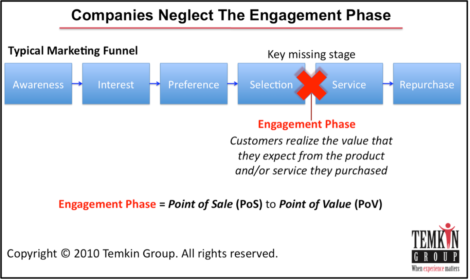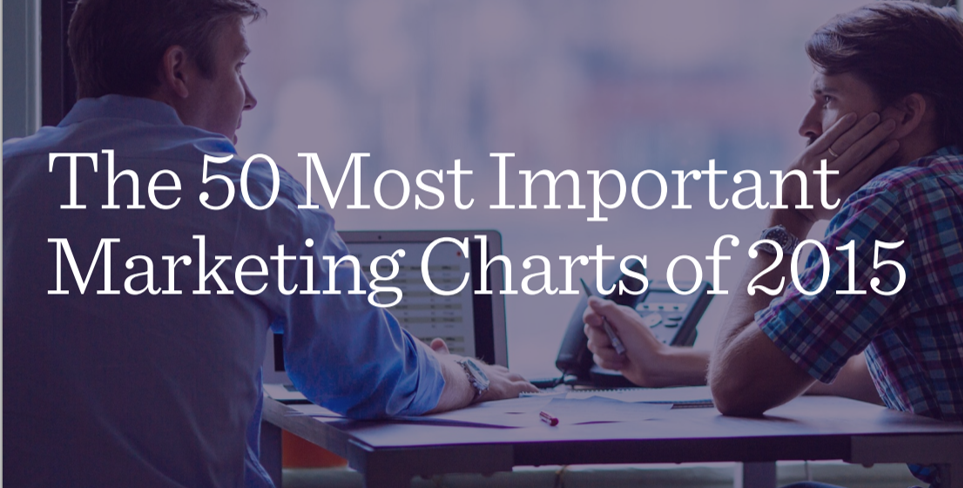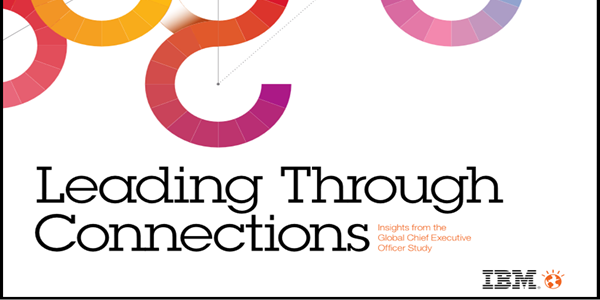How many of our customer realise genuine value when they engage with the people, products, services, and experiences which constitute a brand?
Too few, according to CX guru and the Head of the Qualtrics XM Institute Bruce Temkin.
Bruce has recently revisited the case he originally made back in 2010 for organisations to focus on the value customers derive. He argues for a concept called Point of Value to be recognised as the next logical step after the traditional Point of Sale or transaction stage.
According to Bruce sales without customer value are like a Ponzi scheme. They feel good in the moment, but the long-term outcome is likely to be negative.
“Too many organizations overly focus on selling their products and services, keeping a tight eye on short term metrics like sales targets,” Bruce writes, “but sales are not necessarily an indication of long-term success. What’s missing from the picture? Value!”
“If customers don’t get value from their purchases, then they are likely to return them, stop using them, not renew them, and tell others to stay away. Does that sound like a sustainable blueprint?!? Of course not. However, most organizations have a hard time breaking their addiction to sales numbers.”
Bruce challenges companies to compare and contrast their focus on sales targets versus the usually secondary effort they devote to delivering value.
“It’s time for organizations to shift their focus from sales to value! If we see an economic downturn, then the focus on value will become even more critical as companies are pushed to target their limited resources at retaining customers.
According to Bruce a POV mindset would mean the following:
- A clear measure of customer value that’s used as a critical KPI for the entire business, driving everything from sales commissions to bonuses for the product development teams.
- Support for customers to help them envision and articulate their POV and match their purchases accordingly.
- Cross-functional journey teams with responsibility for driving success during the engagement phase for key customer segments, and continuously monitoring any changes in how customers perceive the POV.
- Product organizations adopting a focus on “designing for value” by prioritizing features and enablement that streamlines the path to POV over new capabilities. Rather than considering feature adoption as a customer success function, product teams are responsible for ensuring that it is as easy as possible for customers to reach the POV.








